7 Methods To Improve Team Communication

How to improve team communication remains a top challenge for pretty much every business, small or large. Being able to communicate well within a business is massively important so
- Everyone understands the direction of travel at different levels – for the company, function, and team
- Activities are better co-ordinated within the business leading to less wasted effort and more bang for your buck
- Each person is better able to do their job and they know where what they are doing fits in
Businesses that have improved their team communication, in my view, are also much more enjoyable places to work, more rewarding and are often going places which mean more opportunity.
What You Will Learn
To help you improve the communication in and around your team, I am sharing these 7 methods to Improve Team Communication:
There is a lot you can do as a manager to foster and improve team communication, which in turn usually leads to a better place to work and helps the team produce improved results.
Toward the end of this video, I share 8 meeting agenda items to make meetings more useful for everyone attending them.
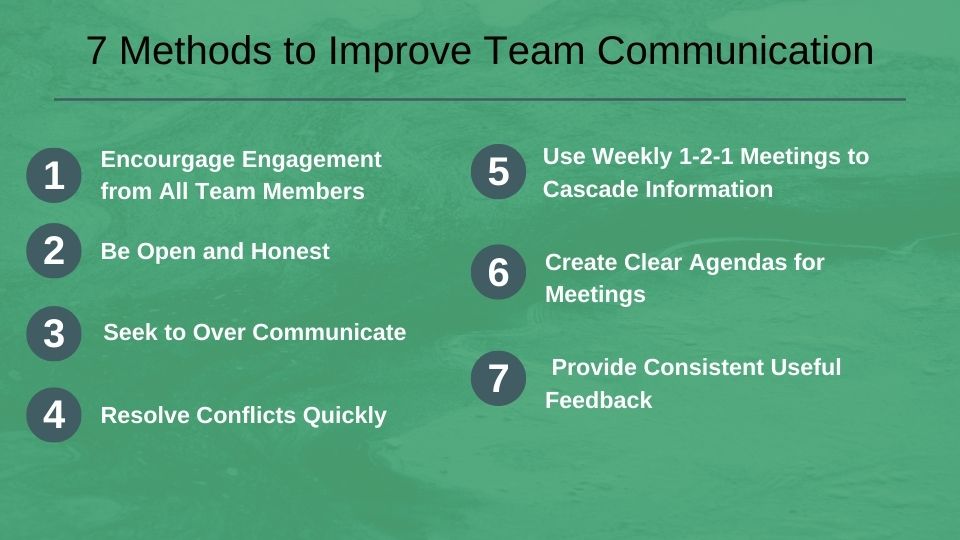
Watch on YouTube
Listen on Podcast
Encourage engagement from all team members – The first method to improve team communication
There is a lot you can do to improve the engagement of all team members. To encourage team members to communicate and to work more closely together, create opportunities for interaction with:
- Workshops
- Brainstorming sessions
- Planning meetings
Touching on each in a little more detail
1. Workshops for problem solving
Ask a small group to solve a specific problem. Facilitate the workshop so that you can encourage everyone to contribute. Don’t allow the more experienced or more confident members of the team to dominate. Bring junior or quieter members into the conversations by asking questions, by asking their opinion or by asking them to share their expertise.
Set ground rules such as no talking over others and no interrupting and as facilitator enforce these ground rules.
2 Brainstorming sessions
These sessions can be great to create a range of options for new processes, for new products, for pretty much any business challenge. Get everyone involved in contributing ideas by asking each person questions. Ensure that all ideas are captured and considered properly.
3 Planning meetings
All businesses and team need to plan, so this creates an ideal opportunity to involve all team members or a cross section of team members that don’t normally work together. Planning is great for involving junior or shy team members as everyone is an expert in their areas so everyone can contribute.
There are always opportunities to facilitate team members getting to know each other better and improve team communication. As a manager put the effort in to make them happen.

Be open and honest – The second method to improve team communication
As manager of a team, you set the tone and behaviours of that team. If you are open and honest in your dealings with the team, chances are a lot higher they will behave in a similar way within the team.
Examples of behaviours to improve team communication include:
- Keep the team updated on what is happening around the company that may impact the team
- Share as much information as sensible in team meetings
- Demonstrate that you trust the team by sharing important company information where appropriate
- If you make a mistake, admit it openly and work to make up for the mistake.
- Be open about your weaker areas and areas that you don’t enjoy as much
Ask your team to be realistic when they are updating you and others. The focus on realism reduces expectation games or stating unrealistic goals. Neither approach helps the team plan or deliver effectively. To foster realism within the team, it helps to challenge the assumptions being made not the result being described.
Demonstrate that you are open and honest and ask your team to behave in the same way.

Over Communicate – the third behaviour to improve team communication
Managers of teams are usually in the middle of all the action. They know what is going on, who is working on what and what the timeframes of everything are.
This gives managers a great opportunity to improve communication by passing on useful information to various team members, thus making sure everyone is informed of what they need to know to do their jobs even better.
To improve team communication further, when you spot communication gaps, get team members speaking to each other rather than you filling these gaps.
Create reasons for your team members to communicate directly with each other.
Over-communicating also means holding regular information sharing meetings and ensuring that all team members know what is going on. Work to reduce surprises within the team.
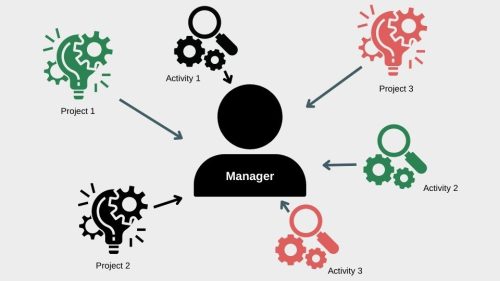
resolve conflicts quickly – The fourth method to improve team communication
Classic conflicts arise though both parties needing to use limited resources, or with objectives that aren’t aligned. Keep an eye out for situations that may lead to a conflict and try to address it with each team member before the conflict arises.
Solve current conflicts by
- Listening to each side in private first so you understand both sides
- Then bring each party together and facilitate them solving the issue
As manager, it is crucial you don’t take sides or get drawn into offering an opinion or decision if at all possible. Ask questions to help each side understand the other person’s position.
Get both parties to agree a solution. Try very hard to ensure the solution is their solution and not yours. The reason this is so important is that they are much more likely to stick to their solution compared to sticking yours.
Conflicts quickly block team communication so as soon as your spot a current or potential conflict, take action.
These are important steps to improve team communication so don’t delay finding a resolution.
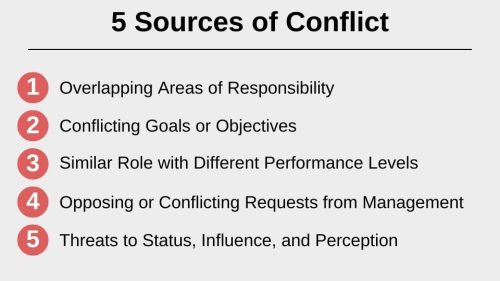
Use Weekly One-on-One meetings to cascade information – The fifth step to improve team communication
Employees at all levels rate weekly one-on-one meetings with their manager as their most important meeting.
Make the time to have a 30 to 60 minute one-on-one meeting each week with each of your direct reports. Insist that your direct reports book in a weekly one-on-one meeting with each of their direct reports.
You can then use these meetings to communicate and discuss key messages and information with your direct reports and ask they do the same with their direct reports. This method is very useful for sensitive information or to use discussion to ensure the other person takes in the information.
Having weekly one-on-one meetings are a great method to improve team communication. For more information about how to run one-on-one meetings take a look at our video – links below and on screen.
Use one-on-one meetings to cascade information throughout the team.
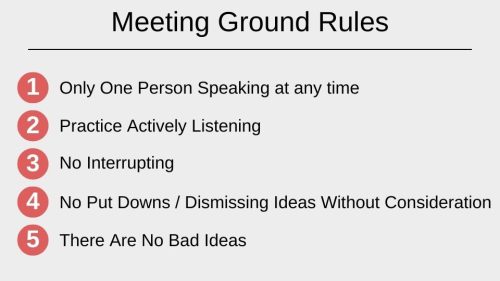
Create a clear agenda for each meeting – The sixth method to improve team communication
I am sure you have been to plenty of meetings from which you walk out thinking “what was that meeting about and why was I invited?” Pointless or unclear meetings waste at a lot of people’s time, and wastes an important opportunity to improve team communication.
Decide up front what the meeting is about and communicate the meeting agenda clearly in advance. Nearly all meetings should have one or more of these purposes
- Building relationships
- Sharing information
- Setting Direction
- Solving problems
- Decision making
- Mentoring and coaching
- Giving and receiving feedback
- Idea generation
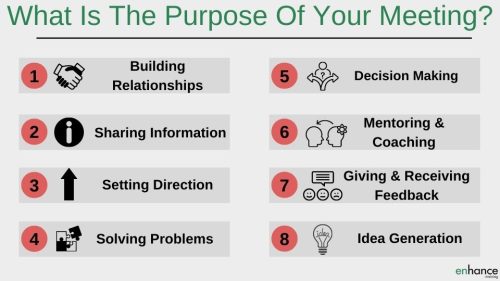
Sending out pre-reads prior to holding the meeting means more time in the meeting for high value add activities such as problem solving.
Try to limit the attendees to those that need to directly contribute. Capture meeting minutes and the key actions and send these out to the team. This is a great method to improve team communication without having lots of observers in each meeting.
Be clear what you are trying to achieve before holding each meeting and communicate this clearly to the attendees.
Provide consistent useful feedback – The seventh way to improve team communication
Feedback is super useful to everyone. Without feedback, it is really hard to know what to improve and how to improve it.
Research shows that 65% of employees want more feedback and 83% appreciate receiving it, even it is negative. Managers worry about giving feedback in case they offend or upset the team member. Per Gallup, employees are 20 times more engaged after receiving negative feedback compared to no feedback. Give feedback.
Giving and asking for feedback is a great way to improve team communication, build trust and increase team performance.
Make your feedback specific, give it soon after the feedback event occurring, and give feedback with the purpose of helping the other person. And do ask for feedback from your team members too!
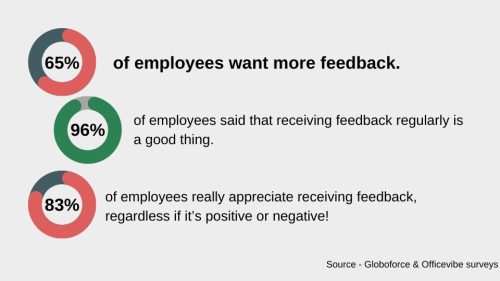
in summary
In summary, there are lots of methods to improve team communication. As a manager, you are in a great position to start using all 7 methods we have gone through and encourage your team to do likewise.
You will enjoy being at work a lot more, so will your team and together, you are a lot more likely to improve team performance which helps everyone. These sorts of improvements get noticed and rewarded!
To recap, the 7 methods to improve team communication are:
Enjoy better communications within your team and with stakeholders across the business!

I learnt early in my management career the amazing power of being open and honest with team members. Many of the other steps to improve team communication followed. It is great to watch a team going from quietly working in silos to having fun, supportive banter and talking and helping each other out.
I also view good team communication as essential to improving results within the team and doing our part to improve company results and what I have seen to date certainly confirms communication is a vital tool to achieve this.
Enjoy getting to know more about your team!





